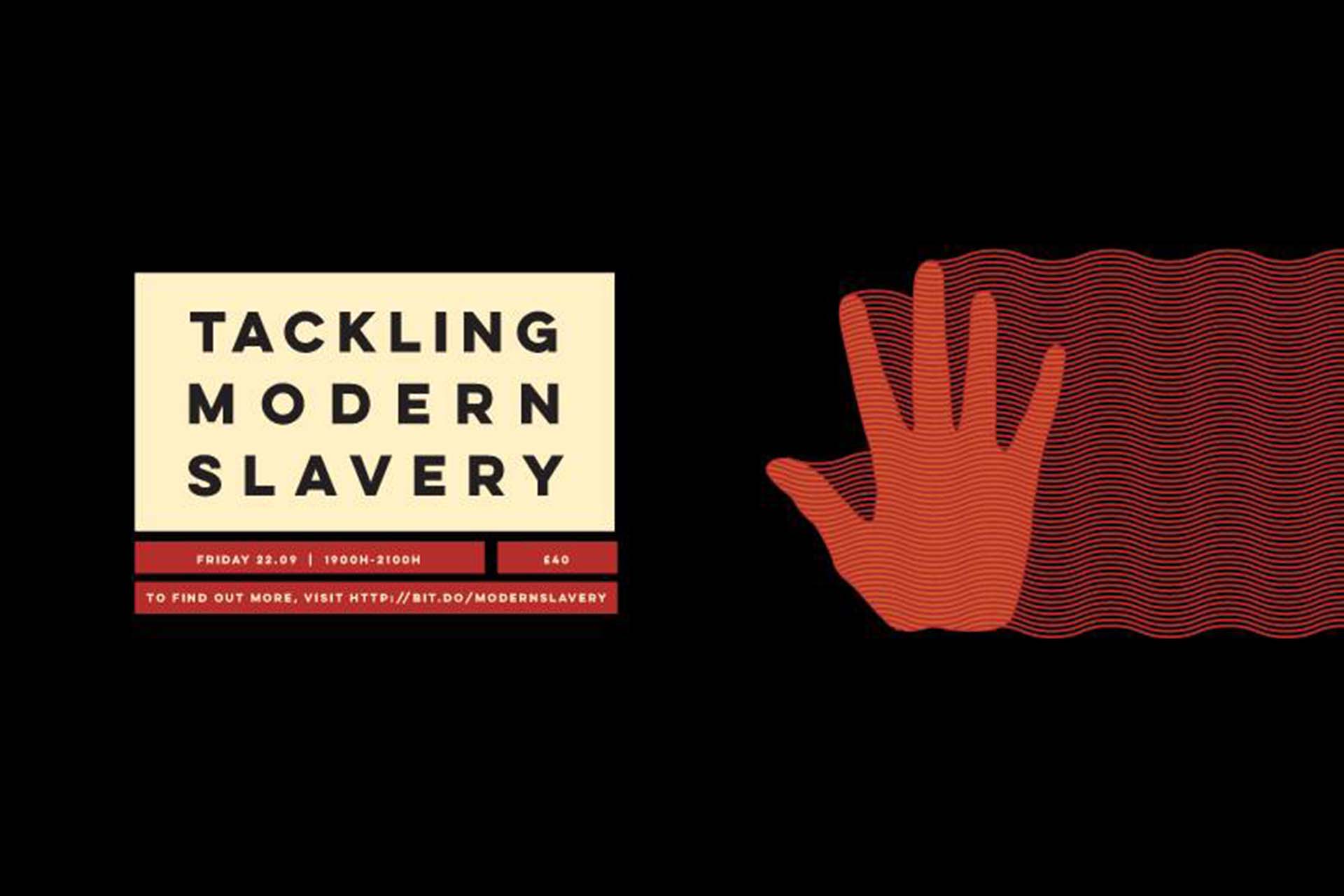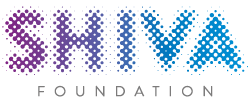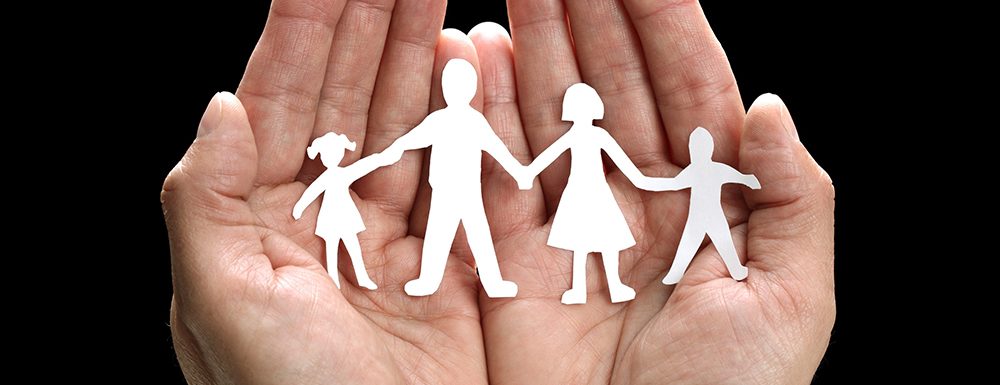
Naomi Telfer spoke at the Women for Change event: “Tackling Modern Slavery: Raising Awareness & Supporting Survivors”
Women For Change is a social impact initiative that brings together women who work in the City, who want to learn more about modern slavery and what actions they can take personally and professionally to tackle this horrific crime.
Women for Change is no longer running.
I’ll never forget the first time I met a survivor of trafficking in the UK. I was pretty nervous, trying hard not to show it. Although I’d worked in a safehouse in Asia, when you’re on home turf it’s different somehow. There are so many numbers and statistics at play around modern day slavery, sometimes it feels a bit removed, a bit abstract. But when you meet a survivor, the statistics grow skin and numbers become names. What you once heard, you now know to be true.
What do I mean by modern day slave; a survivor of human trafficking? A survivor of human trafficking is someone who has been exploited through forced labour, sex, forced crime, forced begging, domestic servitude, forced marriage, warfare or through having their organs removed and sold. It’s a lucrative business for the perpetrators, a $32 Billion industry (1).
When we talk about approximately 30 million (2) slaves in the world, the number is so sickeningly high it’s hard to imagine. You can quantify it by picturing half of the United Kingdom in slavery, or Ireland 6 times over. And then I can tell you that our portion of this, present right now in the UK, is around 13000 (3) modern day slaves. It means that wherever you are reading this from, you’re probably not too far away from a slave, especially if you are in a city. There’s the obvious places, like nail bars, sex clubs, marijuana farms. And the less obvious places, like the millionaires house next door, a building site or a bedroom in an apartment down the road. In just 2015, 3266 victims, primarily from Albania, Romania, Poland, the UK, Vietnam and Nigeria, were identified in the UK. That was 40% more than the year before.
But I want to take that number closer to home. 2 eyes. 1 big smile. That smile was her most distinctive feature, ‘Brave and Beautiful’ (4). With bright eyes, she jumped up to greet us as we walked into the safehouse. Eager to learn, eager to connect, eager to move forward. We were there for the purpose of running our Day 46 Programme (5), our employability workshop – and she was ready. Ready to leave the past behind and to create a new future. She’d ended up in slavery from a very young age – sold by her uncle into prostitution after her father died. She was uneducated, unsupported, alone. She was powerless. Her story like so many others I’ve since heard – and you can read it here. The path into slavery is paved far before the crime – and traffickers are trained to spot this inherent vulnerability a mile off. What struck me though is that despite this great injustice and trauma, she still believed that a good outcome, a good future, could come. She had hope. And I’ve seen this same emotion mirrored in so many other survivors of trafficking I’ve worked with since. I’ve come to the conclusion that those who carry this hope are those who overcome. They rebuild their lives, seeing themselves as more than a statistic, a number, and instead a unique story. A story of a life enslaved transforming to a life that’s free. And having been enslaved, survivors know the value of freedom they have in a way we forget.
In our founder’s book, ‘Trafficked’, Sophie wrote about her experience of being trafficked from the UK. Her story has led to many other stories of hope pulling pain into possibility. Indeed, here at Sophie Hayes our whole focus is on life after the safehouse, the longer-term story. Hollywood likes to end the story in the safehouse, but we work to ensure that each survivor we reach is empowered to build a hope-filled future through our confidence workshops, employability coaching and voluntary placement experiences. We help women get training in the things they want to do, so that their story, and their children’s story, changes for good.
We hope as you read these blogs about slavery, you too will feel compelled to act and make your own story count in response. Whether it’s taking the time to check the origin of that new top before you buy it, spending a bit more to go fair trade, being vigilant in nail bars, clubs and public transport or getting involved in the many amazing organisations working as modern day abolitionists, we invite you to join us in the fight for freedom and hope.
Naomi Telfer, Charity Lead – Sophie Hayes Foundation
Naomi Telfer leads the Sophie Hayes Foundation alongside her work as a free-lance leadership development facilitator and coach. The Sophie Hayes Foundation exists to empower survivors of trafficking to build hope-filled futures. With a background firmly in the corporate sector, Naomi believes that charities, government and businesses working hand in hand is what is needed to change the world. She loves travelling, cooking (and eating), pretending to surf, Michael McIntyre, 90s dance music and regular trips to green places whilst living in London.
- ILO, 2005
- Estimates vary from 21 Million to 46 Million
- Home Office, 2014
- Not her real name
- Day 46 is an 8 week learning programme designed to support survivors of trafficking and modern day slavery beyond their ‘45 days’ of statutory emergency care. It is a unique blend of eight face to face confidence, identity and employability workshops which comprise of group sessions, 1:1 coaching and mentoring and where possible, a bespoke voluntary work placement or training opportunity. This comprehensive package helps survivors develop greater resilience, independent living and employability skills.


